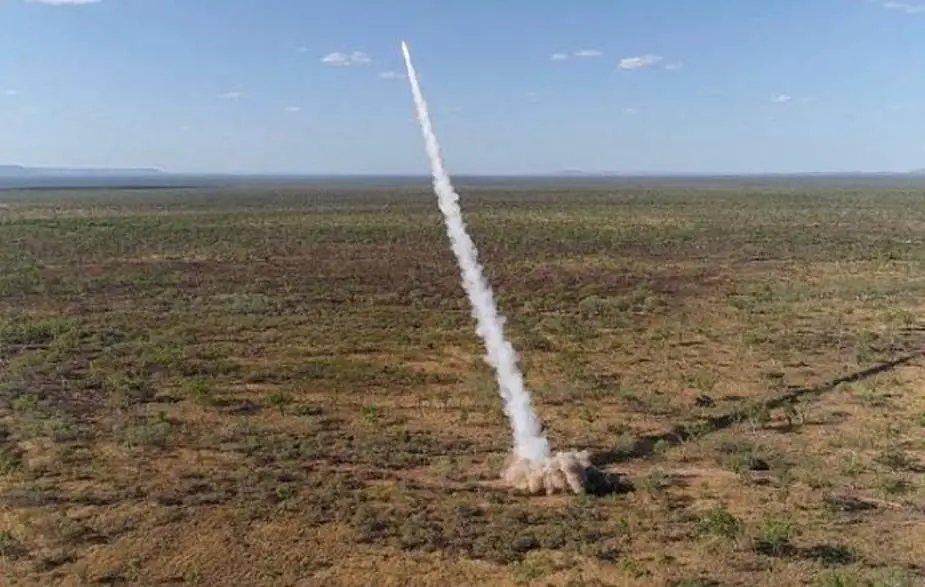The Australian Defence Ministry on April 27 published that Defence chiefs have described the release of the Defence Strategic Review as a significant moment in Australia’s approach to developing its military capability. The Government released the review on April 24, saying it “sets the agenda for ambitious, but necessary, reform to Defence’s posture and structure”.
Follow Army Recognition on Google News at this link

Developing the ADF's long-range strike capability is one of six priority areas identified in the Defence Strategic Review (Picture source: Petty Officer Peter Thompson)
The review identified six priority areas for immediate action:
• Investing in conventionally-armed, nuclear-powered submarines
• Developing the ADF’s long-range strike capability, including manufacturing munitions in Australia
• Improving the ADF’s ability to operate from Australia’s northern bases
• Lifting capacity to rapidly acquire disruptive new technologies
• Investing in the growth and retention of a highly-skilled workforce
• Deepening diplomatic and defence partnerships with key regional partners
Chief of the Australian Defence Force (ADF) General Angus Campbell said this was a “critical time for Defence and our nation”: “The deteriorating strategic environment presents challenges that require the ADF to have the capacity to defend Australia and our immediate region, including our northern approaches,” General Campbell said. “To deter adversaries through denial, meet our evolving strategic needs and respond as required, the ADF will have accelerated capability development, higher levels of military preparedness and enhanced lethality.”
General Angus Campbell said the ADF would undertake a modernisation agenda over the coming decade to build an integrated, focused force across the maritime, land, air, space and cyber domains.
Chief of Army Lieutenant General Simon Stuart said the Army would continue to be an expert contributor to the integrated force: “We need to adapt quickly to the rapidly changing character of war,” Lieutenant General Stuart said. “There will also be changes to the scale and scope of our capabilities, the sequence and pace of delivery, how we are organised, how we train and the resources that will be available to us.”
The combined arms fighting system would be “significantly smaller, but no less capable”. “We’ll accelerate delivery of our long-range fires and littoral manoeuvre capabilities. Our formations will become more specialised, and we will increase the use of robotics and autonomous systems, artificial intelligence and quantum technology,” Lieutenant General Simon Stuart said, adding that more work was being done on the details of how the Army will be re-postured and restructured, and these would be shared by the end of August.
The Air Force is also working on the details, with Chief of Air Force Air Marshal Rob Chipman and Warrant Officer – Air Force Ralph Clifton saying in a joint message that Air Force strategy would be reviewed to ensure the approach to air and space power aligns with the integrated approach set out in the Defence review: “In an integrated force, we will have a common purpose irrespective of where we work in the organisation. We will measure our air and space contribution as a Defence output, not an Air Force output. We will be equally invested in the capability outcomes of all domains,” the message said.
Recent initiatives, such as improvements to internal structures and manoeuvring air power across northern bases, would form part of Air Force’s implementation of the Defence Review.

Investment in nuclear-powered submarines is a priority identified in the Defence Strategic Review (Picture source: Petty Officer Craig Walton)
Defense News April 2023














